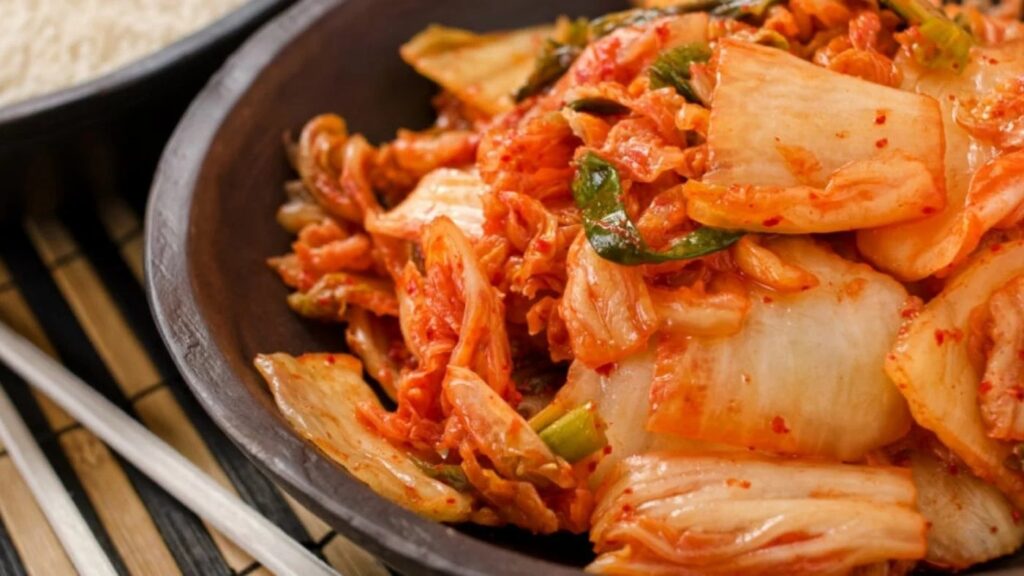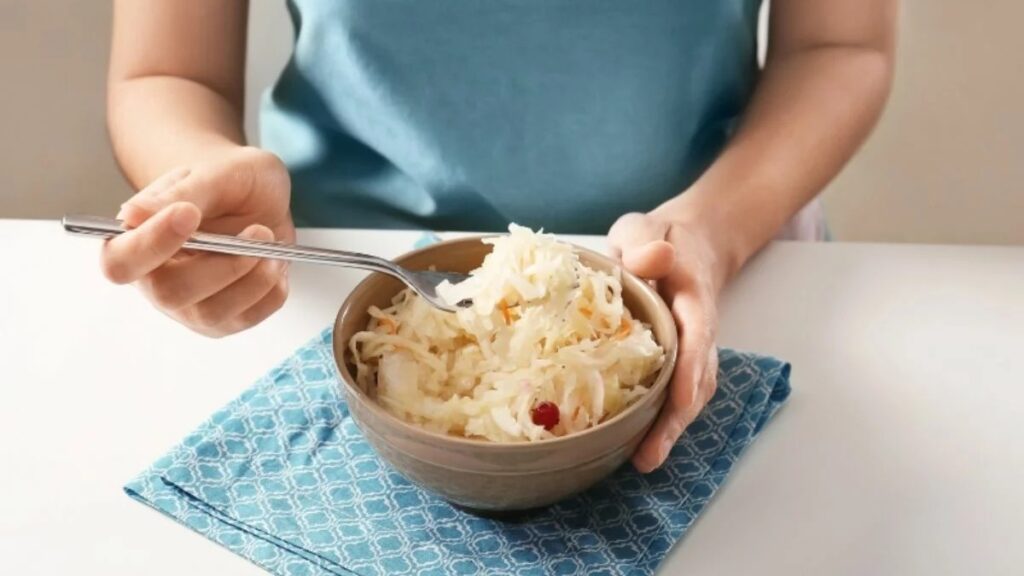Wondering which cabbage variety to choose to make sauerkraut? We tell you all about it in this article!
The term “sauerkraut” is a German word that means “sour cabbage”. However, did you know that sauerkraut comes from even further back and that the first cabbage fermentations came from Asia?
Over time, sauerkraut has become popular in many Central and Eastern European countries. In France, the traditional dish originated in Alsace. Today, sauerkraut is found in many countries around the world, including Chile and the United States.
Now that you know the history of sauerkraut, we will explain which cabbage variety to choose for sauerkraut and share with you our best recipes and tips for making this typical dish.
The Best Cabbage Varieties for Sauerkraut
Good news: any cabbage can be fermented and made into sauerkraut!
Cabbage is affordable, has a long shelf life, and is available all year round. Here are our favourite varieties for making sauerkraut.
Green Cabbage: The Tastiest Cabbage for Sauerkraut
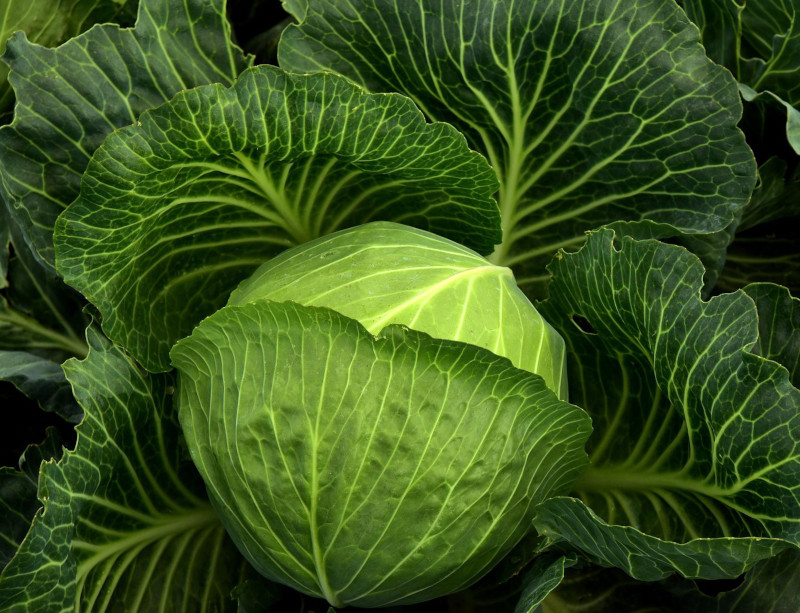
Round cabbage (also called white cabbage or simply cabbage) is the best cabbage for making sauerkraut. The cabbage is dense with smooth leaves and weighs on average around 2 kg. Light green cabbage will give you the best results!
The most famous cabbage variety for making sauerkraut is undoubtedly the Quintal d’Alsace Cabbage, also known as “cabbage for sauerkraut”. It is an essential part of the Alsatian culture.
The following are 5 of our sauerkraut recipes using green cabbage:
- Traditional sauerkraut (the ancestral one)
- Apple and onion sauerkraut (more modern variant)
- Sauerkraut with cumin (spicier recipe)
- Eastern European sauerkraut
- Curtido (Salvadoran sauerkraut that will make you travel)
Red Cabbage
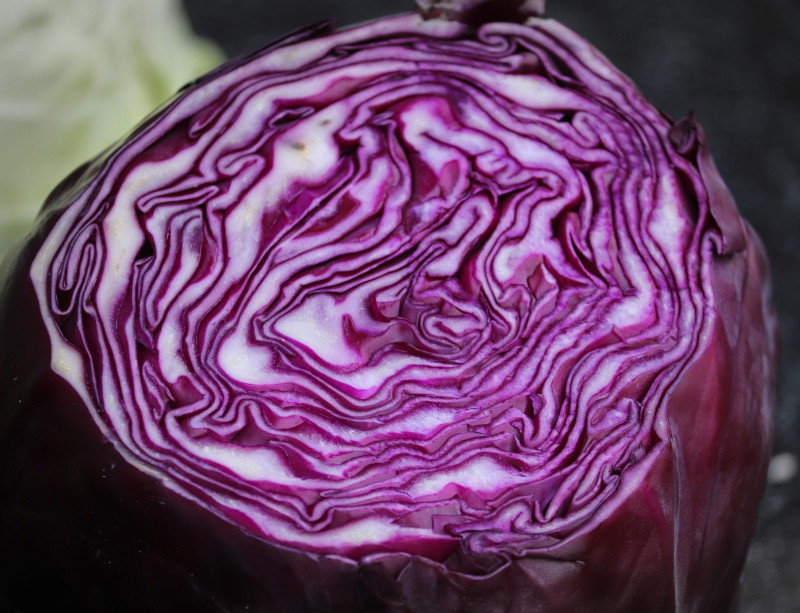
Red cabbage is a type of cabbage, just like green cabbage. It is therefore also well suited for making sauerkraut. However, red cabbage will have a sweeter and milder taste than green cabbage.
During fermentation, the red cabbage will take on a slightly translucent dark pink colour. Red cabbage sauerkraut will add colour to your plates!
Chinese Cabbage
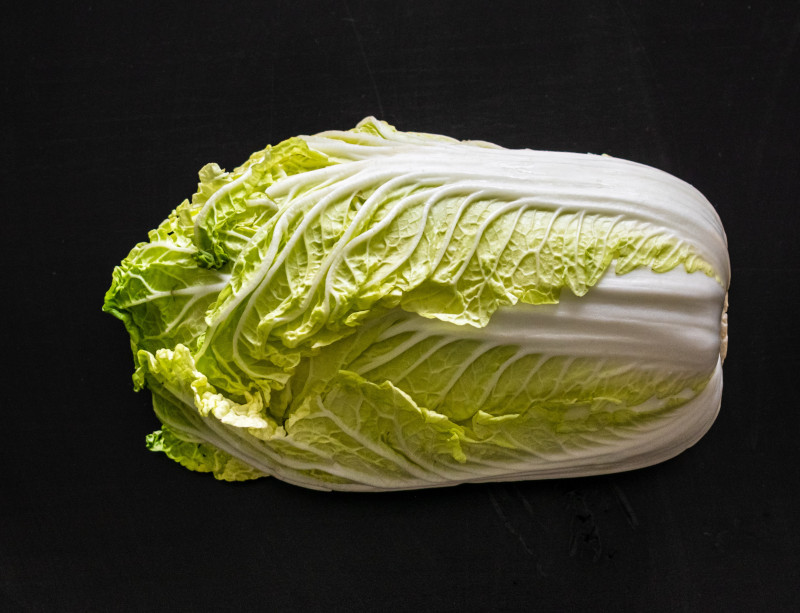
Napa cabbage, Pe-tsai, or Peking cabbage: There are numerous varieties of Chinese cabbage and recipes for fermented vegetables!
Napa cabbage, with its mild taste and crunchy texture, is used to make kimchi, the traditional Korean sauerkraut. In Korea, kimchi is used as both a side dish and a condiment.
Chinese cabbage is softer than green cabbage. When fermented, it offers a different texture from western sauerkraut. Moreover, it is delicious after only a few days of fermentation.
Bok Choy
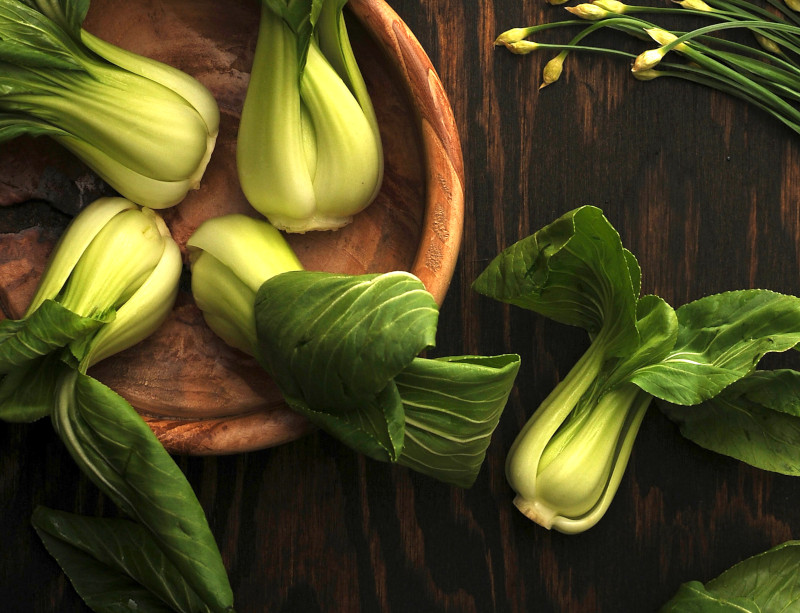
Bok choy, Chinese cabbage, or pak choi is a cabbage that is quite like Chinese cabbage.
Bok choy cabbage is juicy and crunchy, making it a very good choice for sauerkraut or kimchi.
Other Cabbage Varieties
The cruciferous (Brassicaceae) family is very large! There are dozens of varieties of cabbage, and all of them can be delicious in sauerkraut. Savoy cabbage, kohlrabi, pointed cabbage, collard, and many other varieties are well suited to fermentation.
However, some cabbages, such as kale or Brussels sprouts, contain sulphur compounds, which can give a bad smell during fermentation. In this case, it is preferable to ferment them for a shorter time, as with kimchi.
Choosing a Good Cabbage for Sauerkraut
In theory, all varieties of cabbage can produce very good sauerkraut. However, there are a few characteristics that can help give good results.
It is recommended to:
- Choose a freshly harvested cabbage
- Prefer firm cabbage. A late harvested cabbage will be richer in sugar (tastier), but less tender.
- Select a dense, heavy cabbage with a tightly packed head. A dense cabbage means that it is high in water content. This means that it will give better results, as the addition of salt will bring out enough liquid.
- Cabbage sold in supermarkets can be stored in warehouses for several months before being sold. In winter and spring, the cabbage is often drier, which leads to poorer results during fermentation (don’t panic, it’s still very good).
Choosing organic cabbage is recommended, but not mandatory.
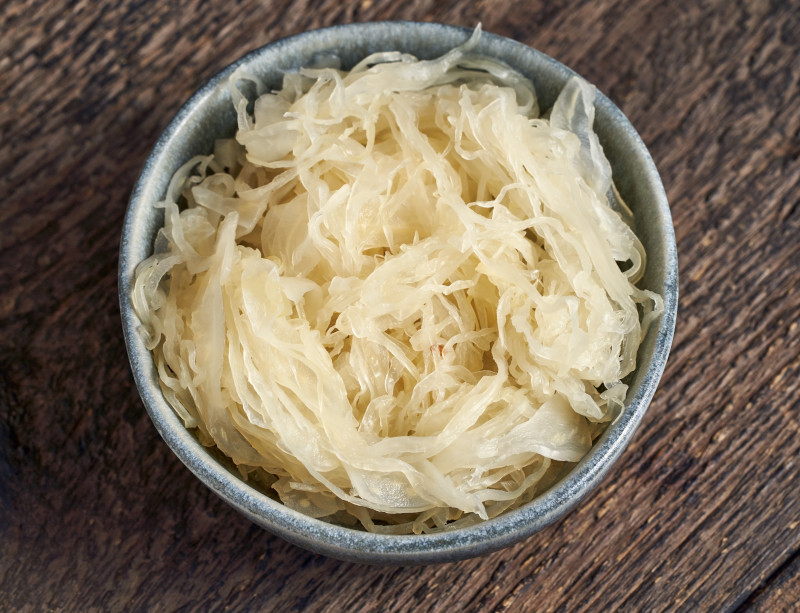
Frequently Asked Questions
Is It Easy to Make Sauerkraut?
Yes, it’s very easy! Sauerkraut is often the first trial of the fermenter’s apprentice. It is said to be almost impossible to fail!
Cabbage is an affordable vegetable, available year-round and easily fermented. To get started, try our recipe for ancient sauerkraut.
Can You Use Grocery Store Cabbage to Make Sauerkraut?
You can use cabbage from the garden, a farmer’s market, or a grocery store to make sauerkraut. It doesn’t matter where the cabbage comes from, the important thing is that it is dense, firm, and fresh.
Do I Have to Wash the Cabbage Before Making Sauerkraut?
To prepare your cabbage, remove the outer leaves and roughly rinse off any visible dirt.
It is not necessary to wash the cabbage thoroughly.
To prepare your cabbage, remove the outer leaves and roughly rinse off any visible dirt.
It is not necessary to wash the cabbage thoroughly.
Can I Add Other Ingredients to My Cabbage to Make Sauerkraut?
Let your creativity shine through! Adding other ingredients will bring new flavours to your fermented cabbage. We have many sauerkraut recipes for you to choose from, such as apple and onion sauerkraut or cumin sauerkraut.
Discover 6 fermented cabbage recipes from around the world.
